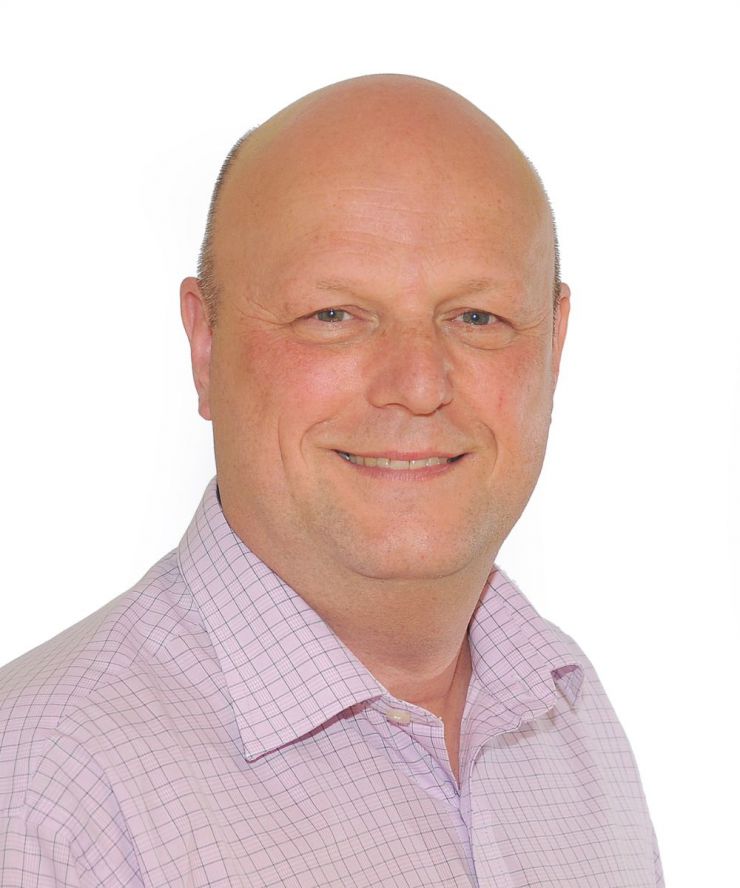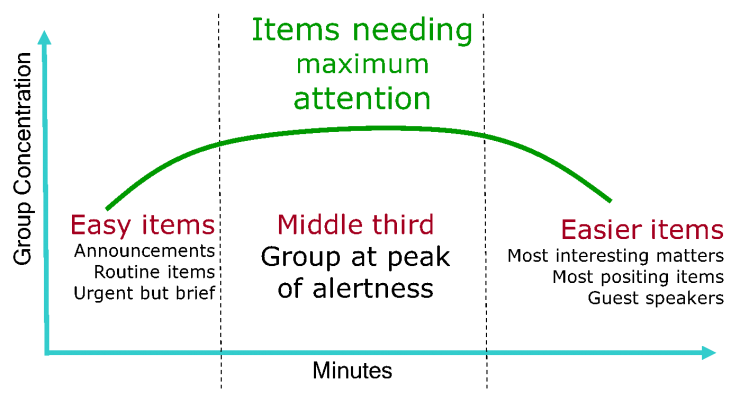7 ingredients of a kick ass meeting agenda


Derek Robertson , CEO
(Chartered FCIPD, MCMI, MInstLM, NLP Practitioner and Coach)
Author of The Great Cape Escapade (A Fable about effective meetings)
6 min read
Introduction
According to the Wall Street Journal, following a detailed agenda and starting on time would reduce the time managers spend in meetings by 80%. Wow. Imagine the hero you’ll be to your business when you deliver that!
To produce a kick ass agenda doesn’t require you to be stiff or bossy. All it needs is a moment’s thought and some simple things that work just because you do them.
What is an effective meeting?
It’s one that achieves its purpose, finishes on time or earlier and has the participants feeling good about the experience.
And it improves the chair person’s personal brand. If you run meetings with external folks it adds shine to your organisation’s brand too.
We use the mantra, “No excuses – have a quality agenda”. It’s so important because it:
- Helps your participants prepare – because they can see the shape and types of items
- Shows you mean business – because you’ve invested the time
- Shows you a pro – because it’s so helpful
- Helps direct people’s contributions – because of the doing word ‘share’, ‘decision’, ‘present’ and so on
- Keeps everyone focused on time (without being a tin-pot-dictator)
- Helps you make sure you end on time – because who doesn’t want that.
The kick ass meeting agenda
Here are our seven ingredients of a kick ass agenda.
#1 Meeting purpose
Or meeting objective. The key thing is to have it front and centre to:
- Confirm to participants that they should be there
- Keep people on point during the meeting.
Example for Quarterly marketing meeting
The purpose of this meeting is to analyse the website and social media data for the last quarter and action plan the next.
#2 Any last minute vital items
I first saw this work well in a local authority. Asking for them at the start means you can triage them there and then. As importantly, it avoids getting hijacked by any other business at the meeting’s end.
#3 Structure
David Sharman was right in ‘The perfect meeting’ when he encouraged us to structure the agenda as follows:

#4 Timings
I know this is a marmite issue for people. I’m firmly for timings. Not as a straightjacket but as a guide. A guide that helps:
- Participants prepare by seeing the time allocated
- The chair motivate with positive strokes when things go well and
- Keep people informed of the time allocated and how it’s passing. Like any tool it can be used badly, “A minute to go everyone so shut up” isn’t the way to go!
#5 Descriptive items
Each agenda item ought to clearly help people prepare and on the day direct their energy and bairn power.
Poor
Budget review
Better
Decide how to rebalance the training budget after the Q2 overspend. All participants to come with costed suggestions.
You’ll see the poor version is two words. Quick to create but open to many interpretations.
The better version is specific with the verb (the doing word) ‘Decide’. Everyone knows that’s a decision item. Other doing words at meetings include problem solve, present, share update and so on.
And you’ll notice that participants have preparation to do.
#6 Everyone has a job
Every dictionary will tell you the ‘participate’ means to take part. Too many meetings are a key note address by the chair. Let’s stay out of that trap and make sure everyone has a job at every meeting. It could range from running the warm up activity or bringing the cakes to chairing an item or taking the action notes.
#7 Bursts of activity
It ought to be in the business psyche that effectiveness goes down when doing anything for too long. Make sure to factor in breaks every 90-minutes. If you’re concerned about participants extending the leg stretch – do an activity in the room that breaks their state and reenergises them.
Your takeaways
These magnificent 7 practical to dos will create a super-solid foundation for a great meeting.
Keep reminding yourself of the prize. The prize of you, your participants and your business.
Remember too that with meetings, “You’re pushing against an open door” because everyone longs for them to be a good use of their time.
Final thought
Cure the effective meeting disease in your organisation and you will be a boardroom hero. Decide to do it one meeting at a time.
Your next action
Check out the following sources and downloads:
1. A meetings calculator to work out the potential for ROI at your organisation.
2. Check out our Meetings Book here
3. Download our Ultimate Guide to Meetings

